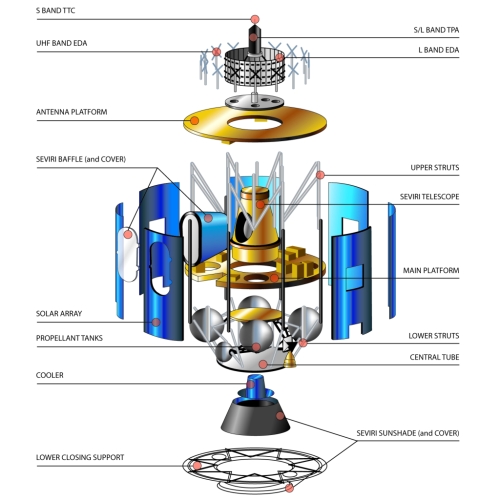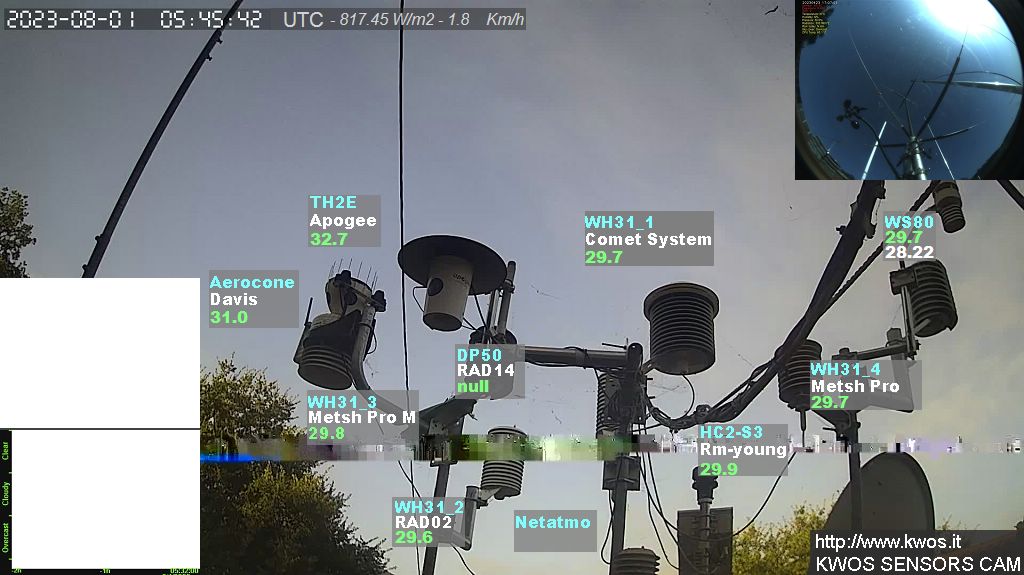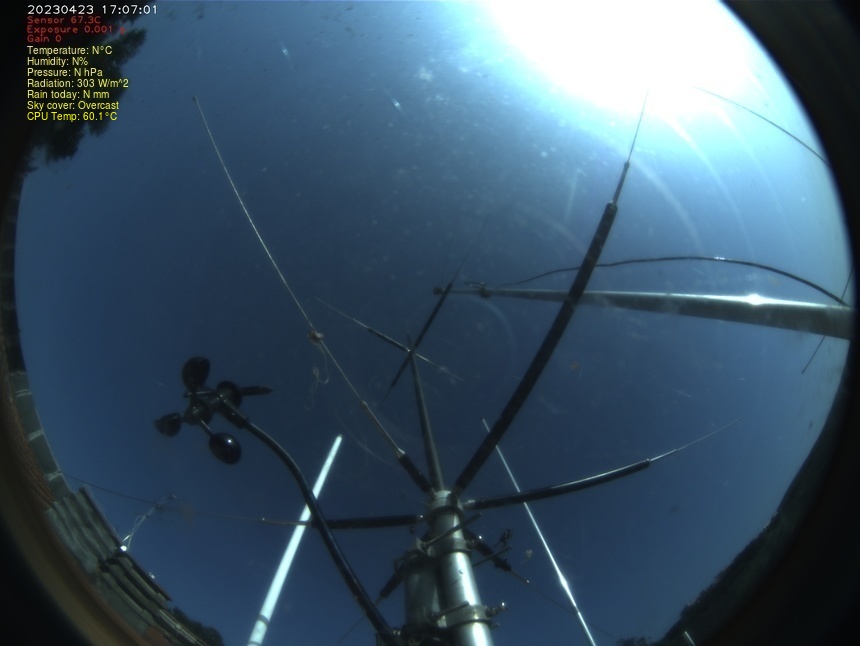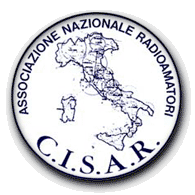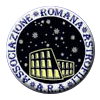Front page
- Visite: 13686
L'immagine qui a fianco proviene dalla telecamera che monitora i sensori di temperatura del KWOS inseriti in schermi solari di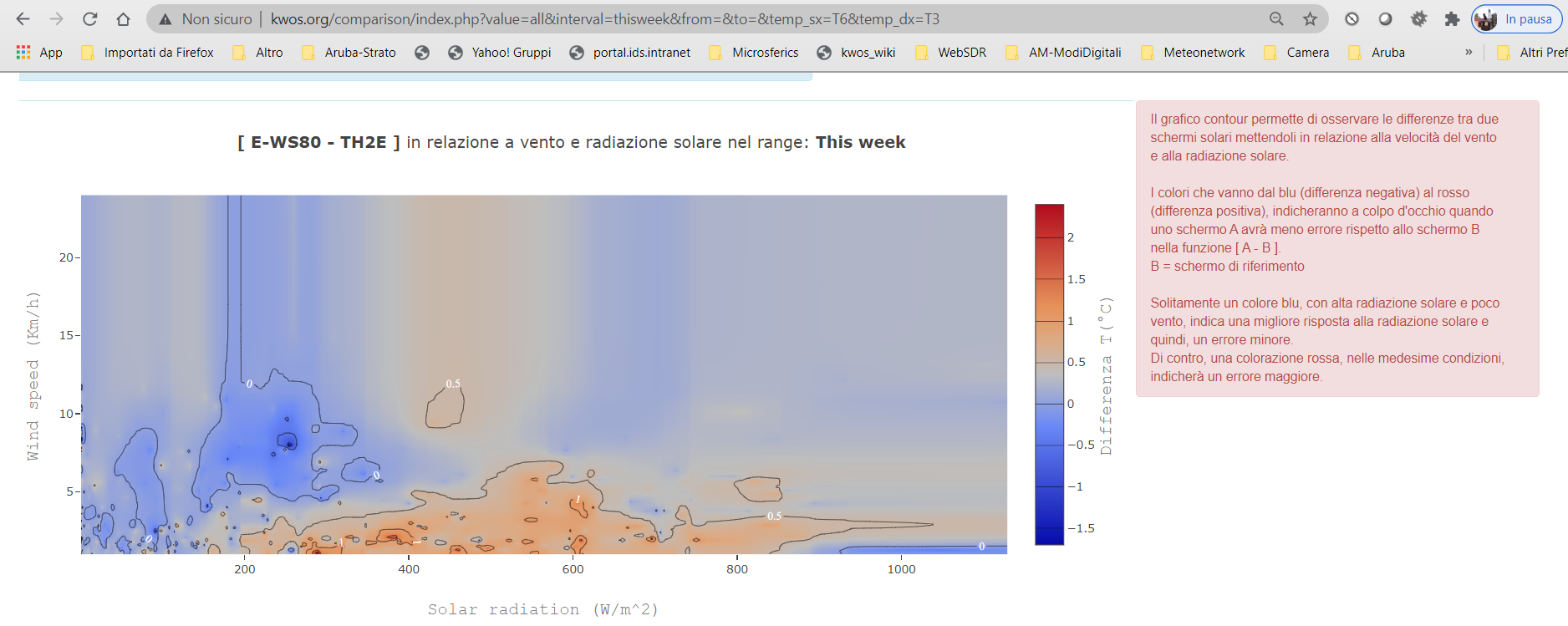 varia tipologia, dai passivi a quelli a ventilazione forzata.
varia tipologia, dai passivi a quelli a ventilazione forzata.
Gli schermi solari ci vengono forniti dalle aziende che desiderano testarli monitorando da remoto, via web, le loro performances.
Grazie al nostro cruscotto dedicato al Confronto sensori è possibile mettere in relazione alla temperatura, la radiazione solare ed il vento. E' possibile generare "on the fly" grafici contour, a istrogramma o a linea con più variabili.
Per consentire un miglior confronto, sono presenti anche i valori registrati dai sensori di radiazione solare e degli anemometri posti a varie altezze.
E' possibile inoltre, scegliere diversi orari della giornata e periodi dell'anno.
Sulla stessa pagina sono rappresentati i dati di più pluviometri, quelli del disdrometro e del rilevatore di nuvolosità del centro KWOS.
I sensori di temperatura sono calibrati ogni sei mesi in cicli termici in camera climatica. Le misure visualizzate tengono conto degli scostamenti registrati durante la calibrazione.

